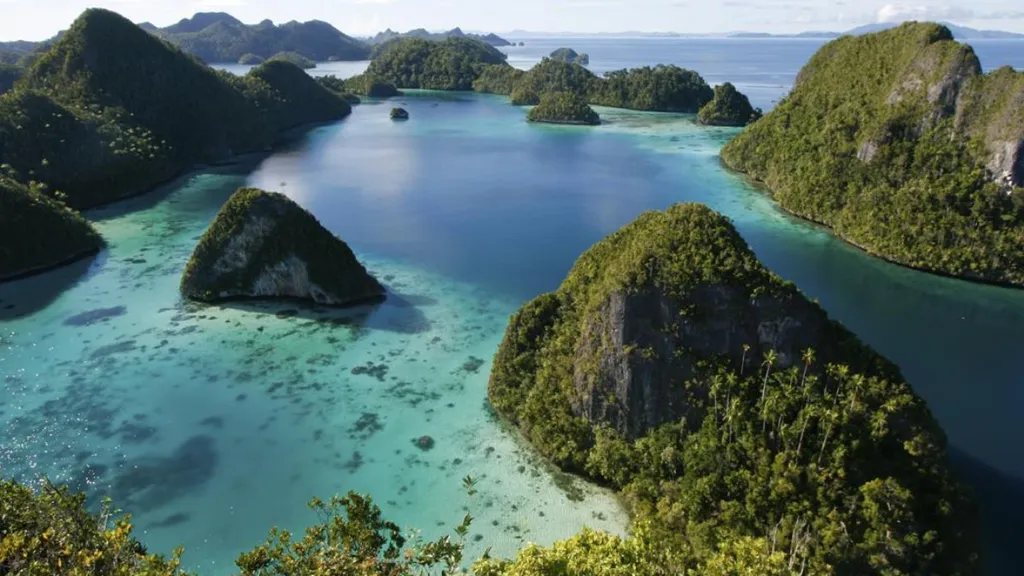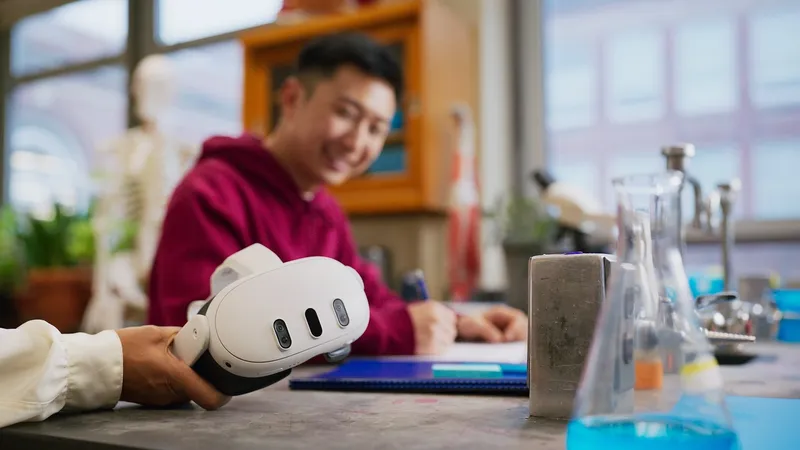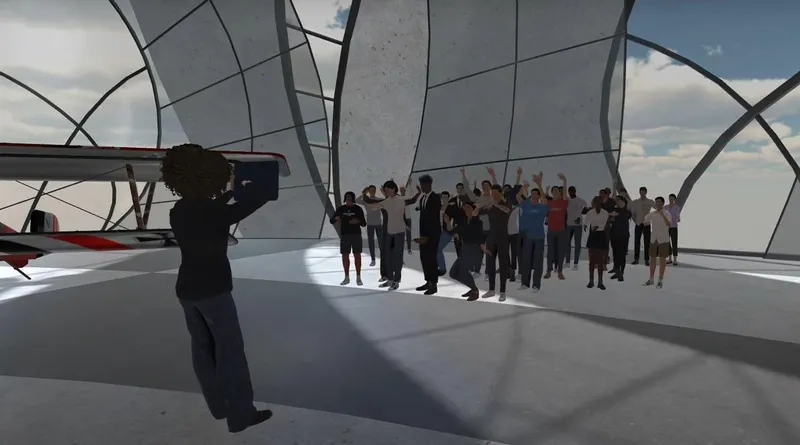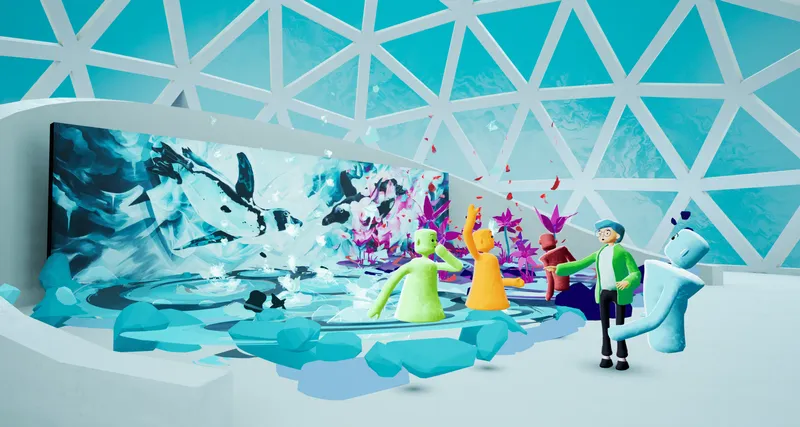I’m underwater deep in the heart of Bird’s Head Seascape, home to the greatest diversity of marine life on Earth. Off the coast of Indonesia, stingrays float by, as coral reefs envelop the gorgeous marinescape.
I’m not truly diving into these ecologically astounding waters, but am instead watching the 360-degree VR-friendly video Valen’s Reef, produced by Conservation International. Released in July, this video focuses on local-fisherman-turned-reef-scientist Ronald Mambrasar, who narrates the movie and tells the history of the region and the Bird’s Head Seascape initiative to his son, Valen.
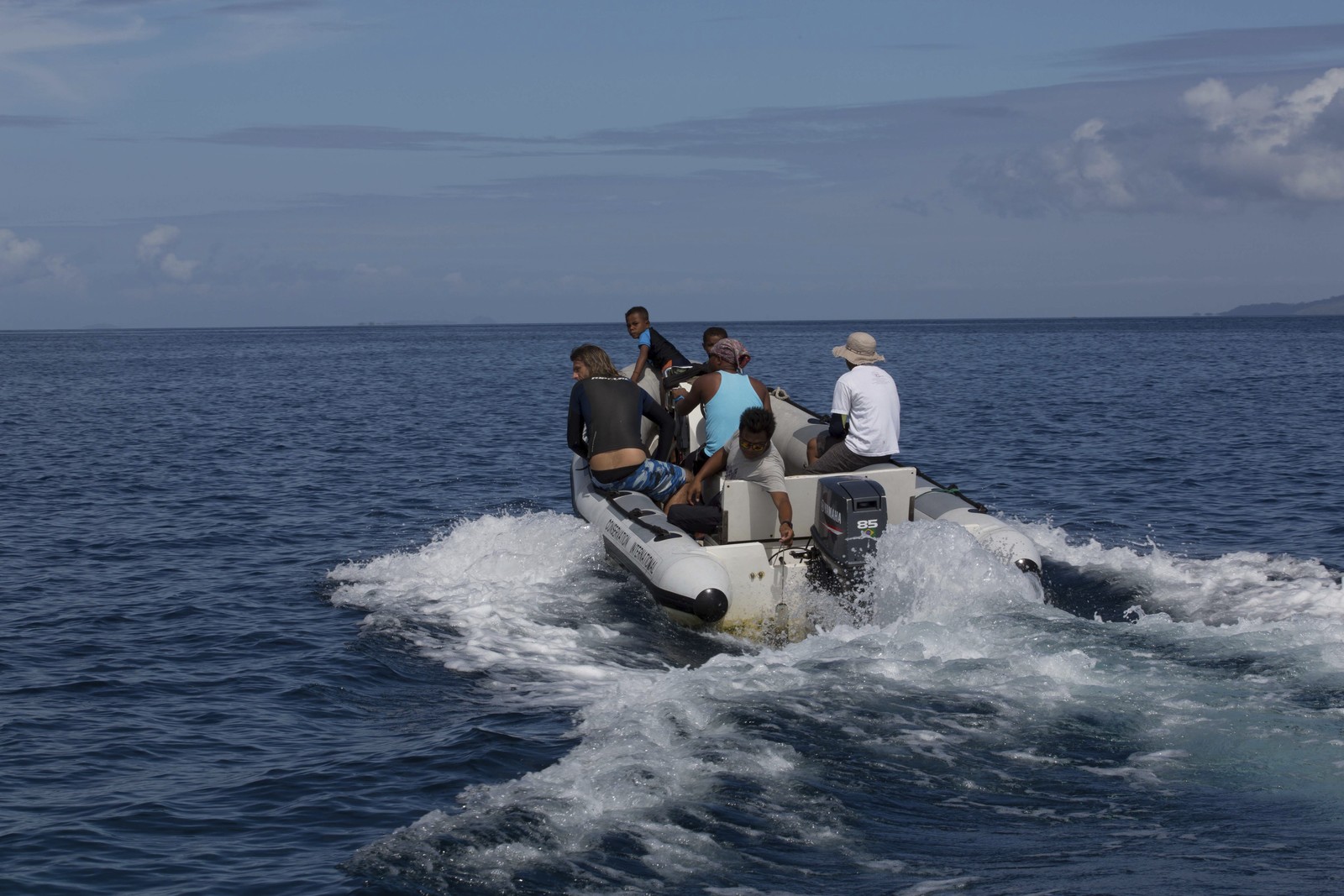
Enlightening the Public
Valen’s Reef is one of many recent examples showcasing virtual reality’s potential to enlighten the public and the research community on conservation challenges facing us today. VR might not be able to save the environment or halt human progress hurting sensitive habitats, but it can engage us in ways that standard video and storytelling never could.
“What I love about Valen’s Reef is that it transports you to that location so you dive into waters with Ronald and his son,” says Laure Katz, the director of the Seascapes program at Conservation International.
Katz says the goal of the film is to educate people about the importance of community-driven conservation; in the film, we learn from Ronald about how his homeland was being ravaged. As he narrates, “When the illegal fishermen came, we welcomed them at first. They brought us gifts. After they dropped bombs and poison, we would scoop up the fish for them. The fish and coral started to be lost. We knew it was not right.”
Conservation International didn’t sit still when they first learned about this issue more than a decade ago. Its Seascapes project has developed 12 multiple-use marine protected areas in the Bird’s Head Seascape.
“It’s like the difference between seeing a postcard of the Eiffel Tower and actually going to see the Tower in person. And VR allows us to go to Paris.” – Kerrie Mengersen
Katz notes the video is “for those who can’t dive in the area, to let them feel it, let them feel more connected [to the issue raised by Ronald].”
VR is also influencing researchers on the ground who want to showcase their findings to other scientists around the world. Kerrie Mengersen, a professor of statistics at the Queensland University of Technology in Australia, has led a team of filmmakers and researchers into the heart of the Amazon in Peru in order to understand the environment of endangered jaguars.
Their intention was to guide policy decisions and to help establish “jaguar corridors,” which are safe roads of passage between fragmented sections of the jaguar’s habitat. They could’ve made a simple video of the region, setting up tripods and letting the camera run. But Mengersen saw how powerful VR can be in telling these types of stories.
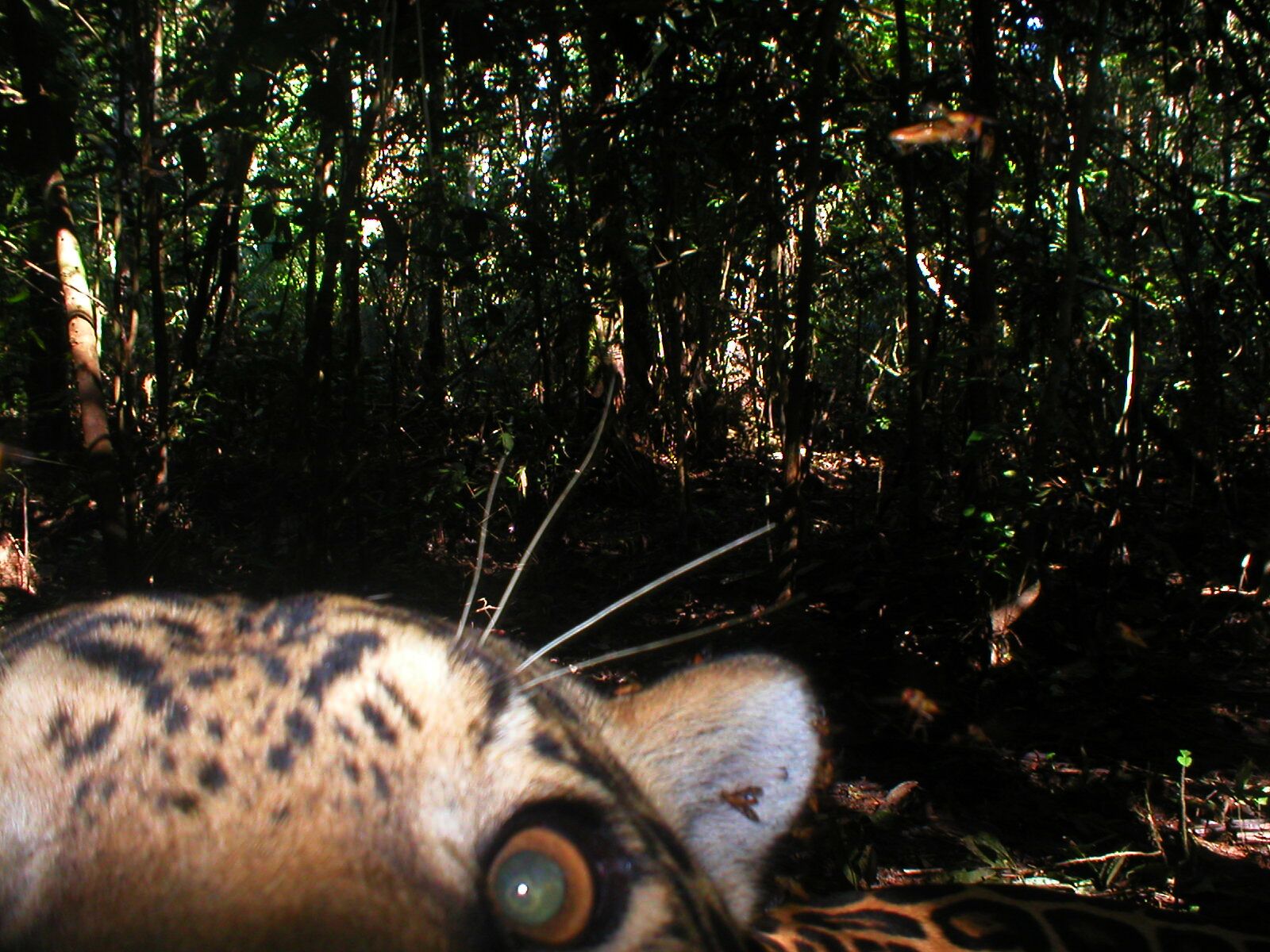
“We’ve tried computer modeling and creating landscapes with other tech, but we wanted to immerse viewers in what we were shooting, rather than having them being passive viewers,” Mengersen says in an interview. “It’s like the difference between seeing a postcard of the Eiffel Tower and actually going to see the Tower in person. And VR allows us to go to Paris.”
The team employed multiple cameras while filming the 360-degree video, including six GoPro Hero 4 cameras, and sound recording devices. Now with the resulting video, “we can put experts into the habitat and get answers to questions like how the jaguars travel in this area, and if we can know that, we can then complete predictive models.”
What Mengersen wants to do differs from the mission set out by Valen’s Reef: using VR to track jaguar corridors is vital for researchers studying the Peruvian Amazon, as opposed to environmental activists moved by Ronald’s touching story in Bird’s Head.
Mergenson says, “Our existing methods for evidence-based conservation is too slow and we need to be able to speed up the process.”
Many other similar projects are cropping up around the world. The XL Catlin Seaview Survey uses 360-degree imaging to monitor coral reefs in the form of high-resolution panoramic images, which are made available to the research community.
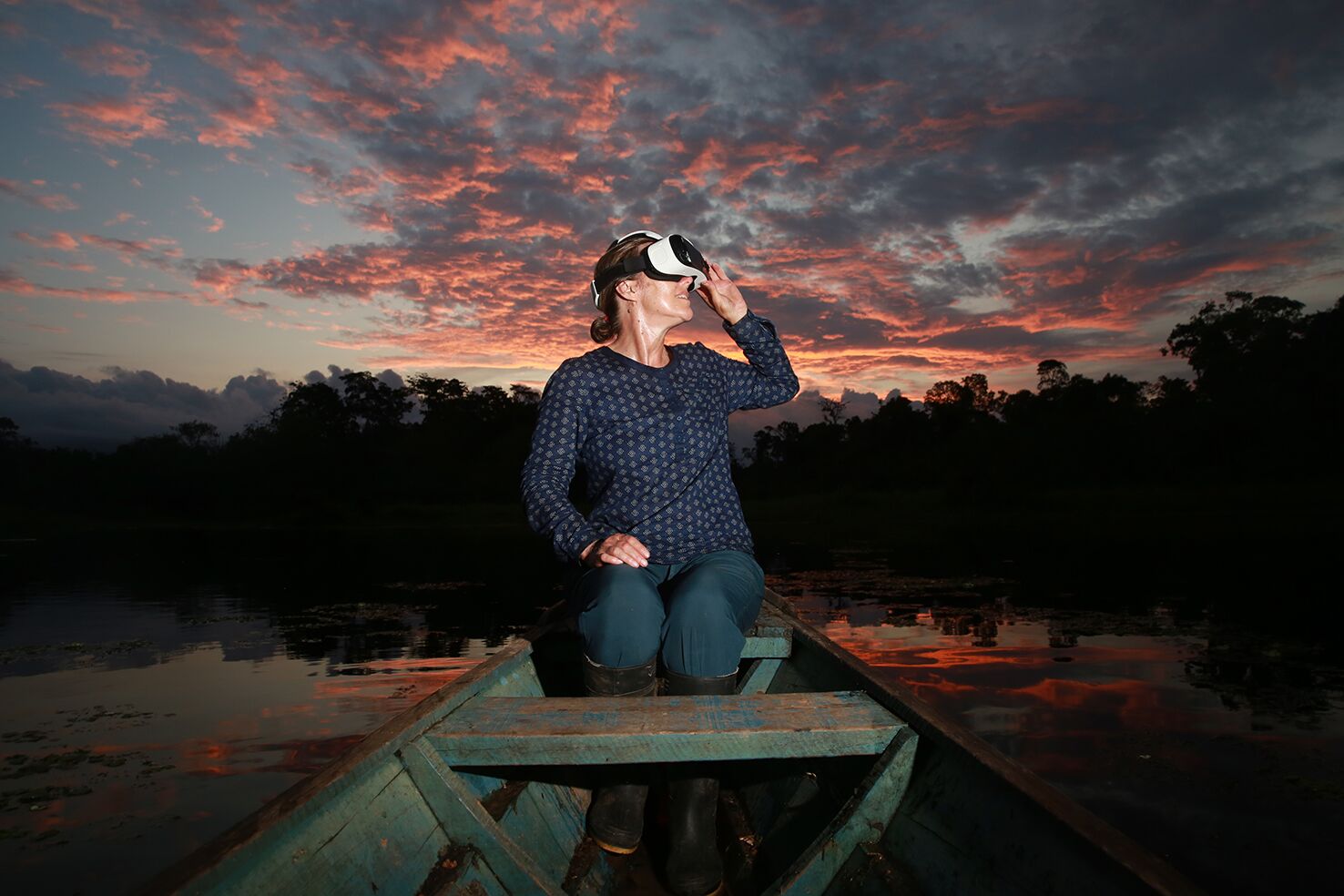
Making a Difference
Earlier this year, the Virtual Human Interaction Lab (VHIL) released a short VR documentary and an interactive VR game that seek to explain the issue of ocean acidification. And in February, The BBC created a special 360-degree short film featuring Sir David Attenborough and a titanosaur, available to watch through a VR headset.
Attenborough is going full-steam ahead into VR. In December, the British broadcaster teamed up with the Natural History Museum to create a VR film that provides visitors with an “incredible 360 journey” through the Great Barrier Reef.
Attenborough’s passion for the technology was on display at the show’s launch event. “VR has incredible potential. It takes you to places you could have never dreamed existed, and you have a vivid feeling of actually being there. It’s an experience you don’t forget – that’s what’s so exciting about it.”
Forward-thinking environmentalists and educators are realizing how engaging VR can be to bring usually inaccessible areas to the public and academia. VR industry watchers are also enthusiastic about where the tech can go in the conservation arena.
“To change how researchers digest information, that’s important,” says Stephanie Llamas, director of insight and research at SuperData Research. “When they see the same thing over and over again, it’s great to shift their frame of mind sometimes, and consume data in a different way.”
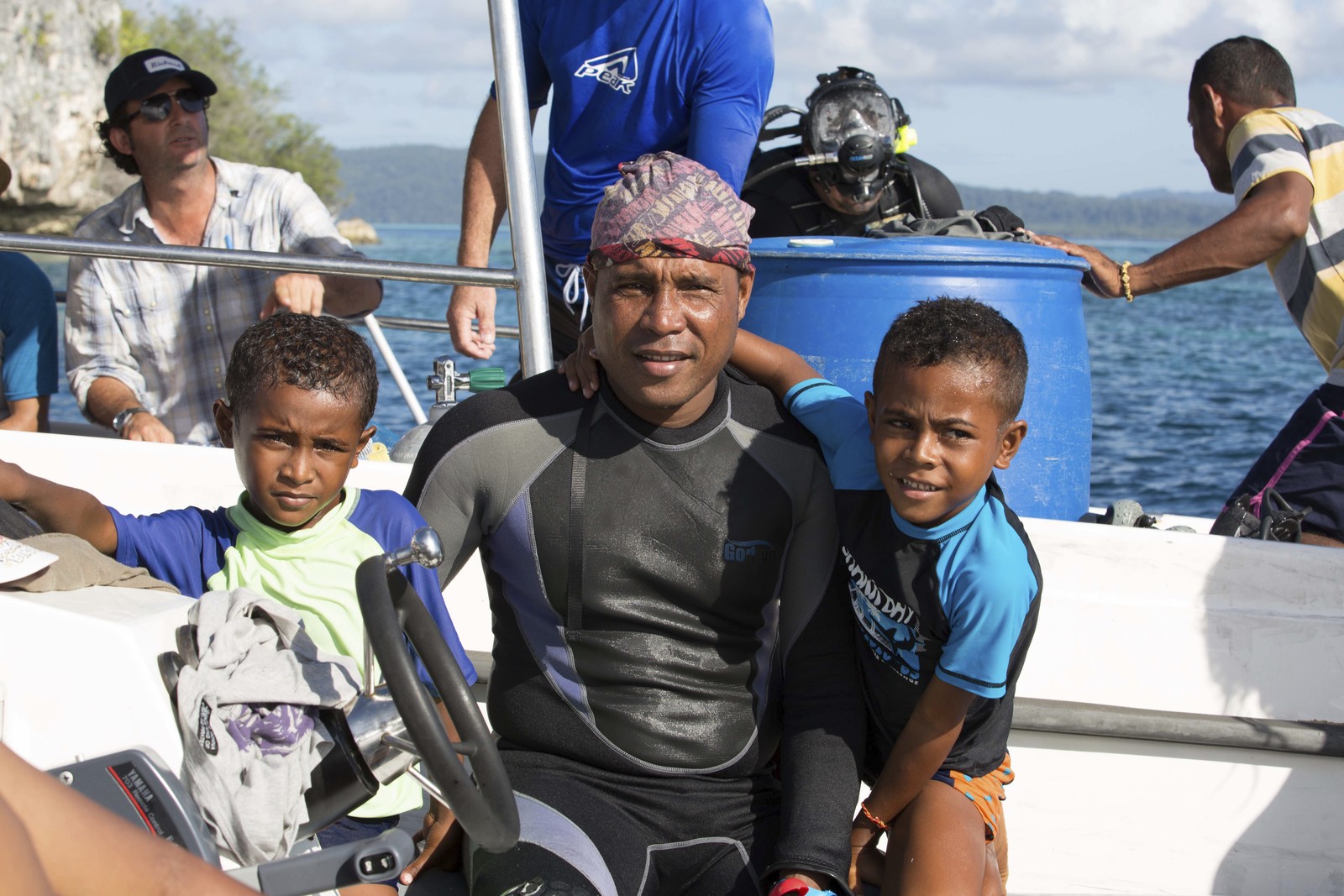
She adds that VR can act as an “empathy machine” by allowing researchers to feel closer to the subjects they’re studying. “I think it’s a great step forward,” she notes.
Jeremy Dalton, innovation consultant at PricewaterhouseCoopers, believes VR can’t replace that in-the-trenches feel of researchers studying in a specific region, but can see how VR can illuminate critical issues, especially in hard-to-access environments or dangerous land.
He also says “humans have always craved immersive experiences. It’s why we go to amusement parks still despite having on-demand films at home.”
Underscoring these efforts is some fascinating research produced by VHIL teams, which found that people who have a VR experience are more likely to change behavior in ways that benefit the planet. For example, if a person takes a VR shower and watches their avatar or doppelganger eating coal to represent the amount of energy used, that person is more likely to conserve water.
As promising as VR can be for highlighting conservation trends and challenges, Llamas says we still have yet to wait and see where VR fits in this educational realm. “When consumers get more comfortable with it, as the tech matures, we could see more VR in environmentalism,” she says.
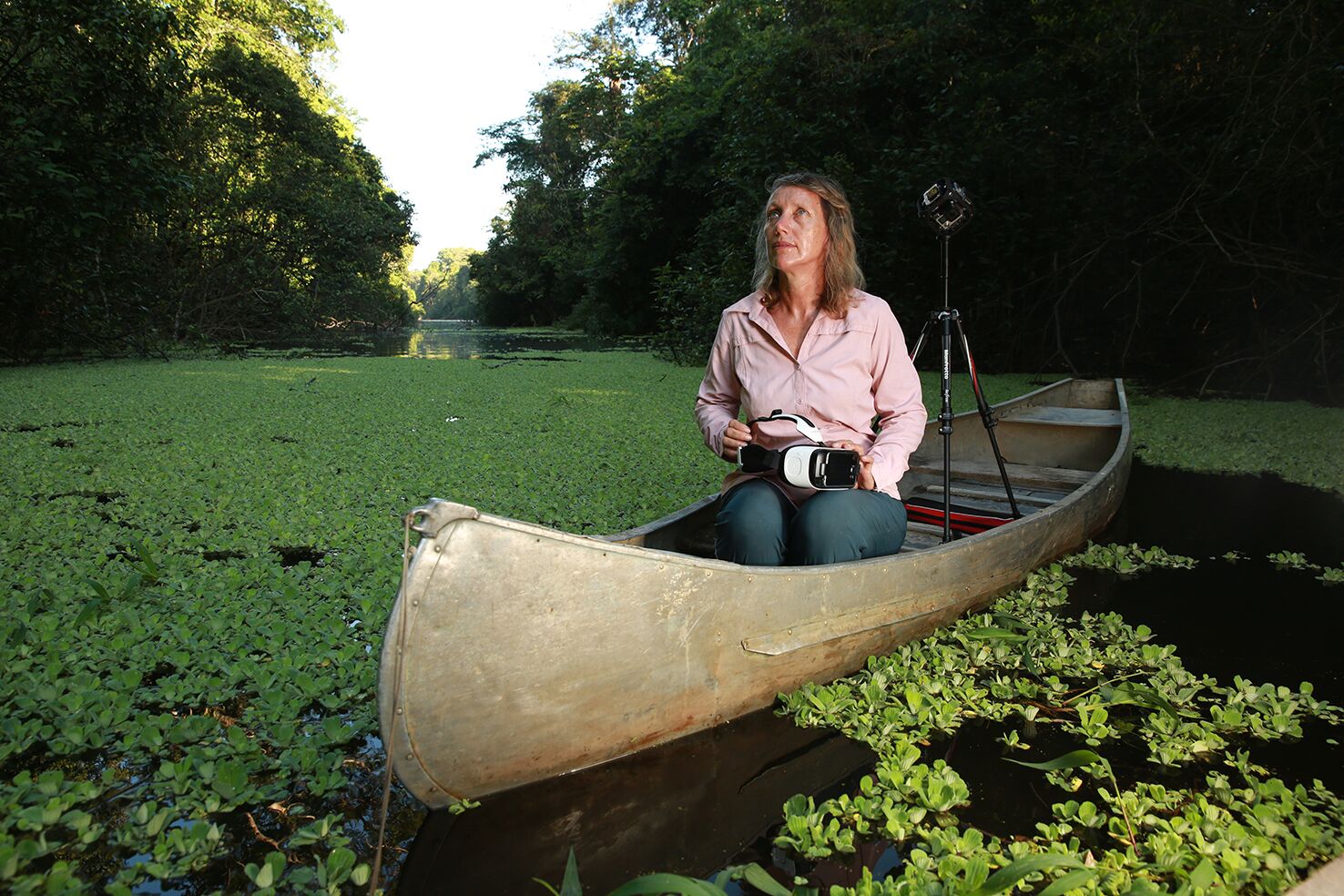
So far, everyday science fanatics and researchers with a vested interest in the natural world will be closely watching where VR fits in giving us a deeper appreciation of environmental concerns. At the very least, it’s ramping up the urgency for us to be aware of – and take action on – the various ways we’re hurting the world we live in.
—
David Silverberg is a freelance journalist with work appearing in other prominent publications, such as VICE, BBC News, and The Daily Dot. You can follow him on Twitter: @SilverbergDave.

